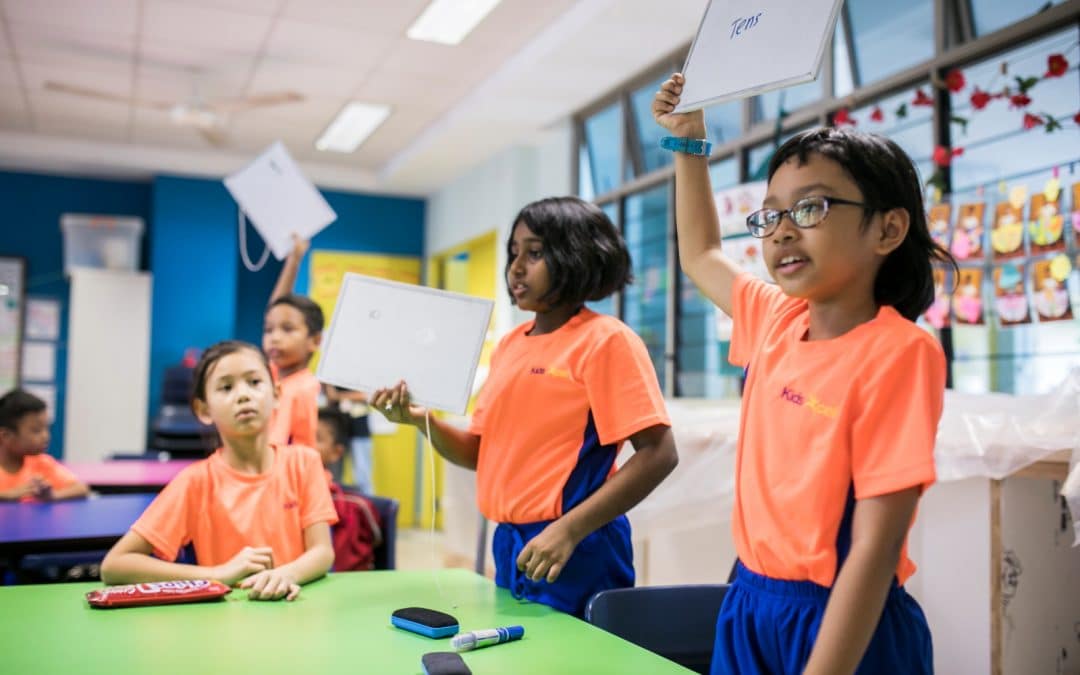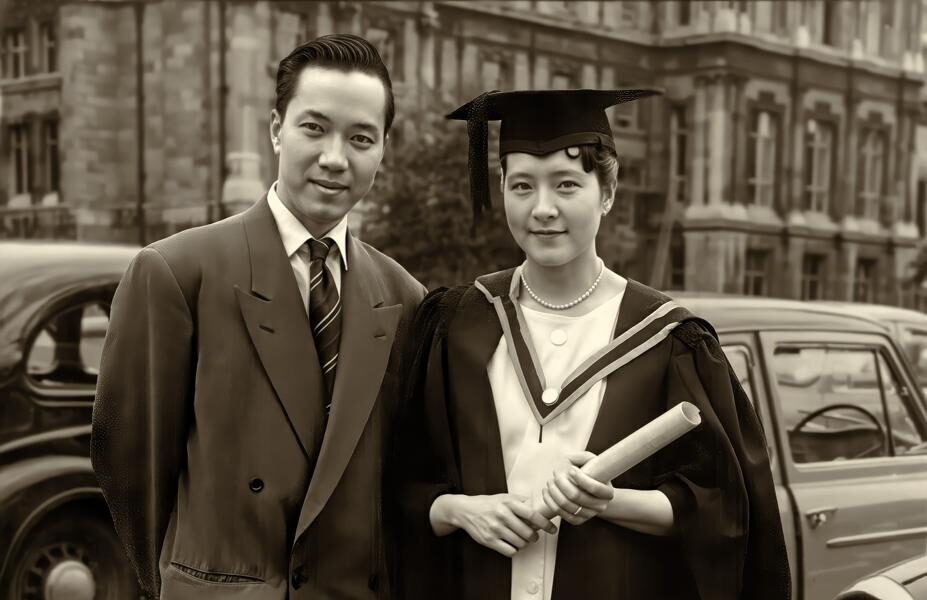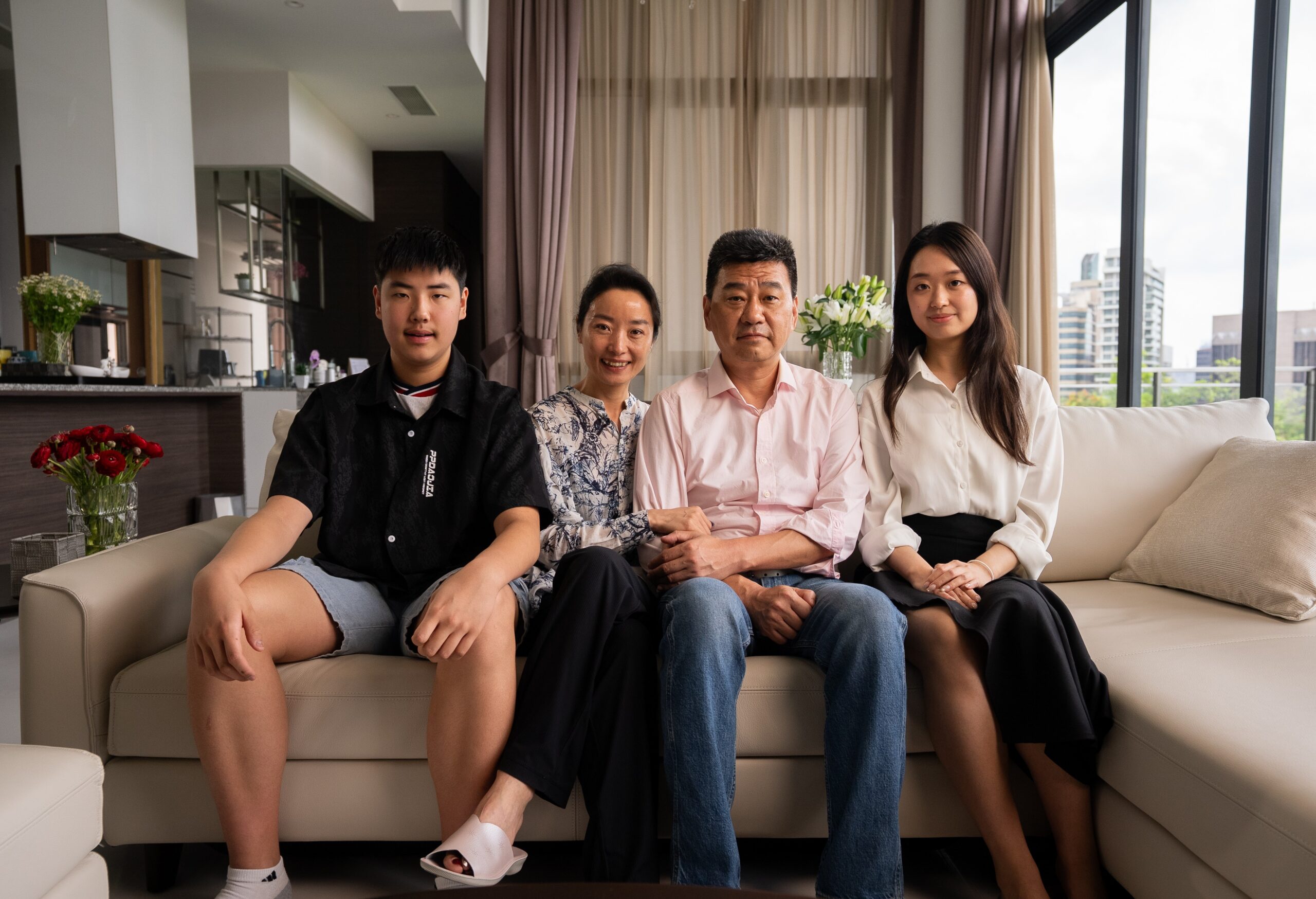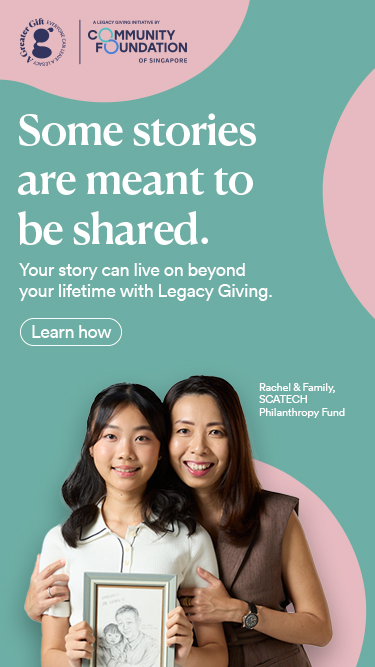KidsExcel – Leaving no child behind


At a time when after school tuition and enrichment programmes have become the new norm, children from less affluent backgrounds are increasingly disadvantaged by their inability to afford these lessons. This creates an educational landscape that places each child at different starting points by virtue of their socio-economic backgrounds.
KidsExcel is a values-driven, academic and sports enrichment programme that aims to support schools and parents in providing a holistic education for kids. Its mission is to provide a holistic, well-rounded programme that develops healthy minds, healthy bodies and strong character, using sports and academic enrichment to nurture the physical, intellectual and social skills of children.
“KidsExcel seeks to address the prevailing asymmetry in educational opportunities for underprivileged children. The programme aims to develop these children holistically through a structured integration of sports and drama with academic enrichment,” said Victor Pok, Director of Vivakids which runs the programme.
By providing primary school students under the Ministry of Education (MOE)’s Financial Assistance Scheme access to a year-long enrichment programme, KidsExcel hopes to inculcate in students an intrinsic motivation to excel, which will hopefully follow them through their lives.
At a recent site visit to Fuhua Primary School – one of KidsExcel’s school partners – the Community Foundation Singapore (CFS) and its donors bore witness to the work they do. Each week, students spend three hours on academic enrichment and an additional three hours on sports as an added incentive for them to turn up for classes.
At the after school programme, students learn through interactive and engaging lessons that provide effective development opportunities. Math classes saw students engaging in friendly competition to solve problem sums flashed out by their teacher. Speech and drama lessons visibly instilled in them a sense of confidence. Frequent proficiency testing also helped facilitate differentiated lesson plans to suit the varied capabilities of students.
While the sports component was conceived to encourage students’ attendance, it plays a pivotal role in developing them holistically. A range of carefully designed and modified games provides opportunities for the students to learn values – such as teamwork and self-confidence – that are beneficial for their intrinsic development.
And the overall results are encouraging. The programme at Fuhua has seen full attendance since its inception. Through timely and consistent tracking of exam results, statistics from KidsExcel’s school partnerships reflect overall improvements in students’ literacy and numeracy levels.
In a spirited sharing of the school’s experience, Fuhua’s co-ordinating teacher-in-charge praised it as an affordable programme that provides sustainable value-add to students. “I have seen an improvement in many of the students and they really enjoy the time they spend with their friends during the programme. Many of them often come to my office just to ask me if the programme is on this week, the following week, or even in the following year. It really speaks to how the programme has given them something constructive to look forward to. Otherwise they will probably be doing nothing at home or gallivanting at the malls.”
“The support of CFS and its donors has been crucial in realising our aims, providing the platform to engage even more in the future.” said Victor.
At a time when after school tuition and enrichment programmes have become the new norm, children from less affluent backgrounds are increasingly disadvantaged by their inability to afford these lessons. This creates an educational landscape that places each child at different starting points by virtue of their socio-economic backgrounds.
KidsExcel is a values-driven, academic and sports enrichment programme that aims to support schools and parents in providing a holistic education for kids. Its mission is to provide a holistic, well-rounded programme that develops healthy minds, healthy bodies and strong character, using sports and academic enrichment to nurture the physical, intellectual and social skills of children.
“KidsExcel seeks to address the prevailing asymmetry in educational opportunities for underprivileged children. The programme aims to develop these children holistically through a structured integration of sports and drama with academic enrichment,” said Victor Pok, Director of Vivakids which runs the programme.
By providing primary school students under the Ministry of Education (MOE)’s Financial Assistance Scheme access to a year-long enrichment programme, KidsExcel hopes to inculcate in students an intrinsic motivation to excel, which will hopefully follow them through their lives.
At a recent site visit to Fuhua Primary School – one of KidsExcel’s school partners – the Community Foundation Singapore (CFS) and its donors bore witness to the work they do. Each week, students spend three hours on academic enrichment and an additional three hours on sports as an added incentive for them to turn up for classes.
At the after school programme, students learn through interactive and engaging lessons that provide effective development opportunities. Math classes saw students engaging in friendly competition to solve problem sums flashed out by their teacher. Speech and drama lessons visibly instilled in them a sense of confidence. Frequent proficiency testing also helped facilitate differentiated lesson plans to suit the varied capabilities of students.
While the sports component was conceived to encourage students’ attendance, it plays a pivotal role in developing them holistically. A range of carefully designed and modified games provides opportunities for the students to learn values – such as teamwork and self-confidence – that are beneficial for their intrinsic development.
And the overall results are encouraging. The programme at Fuhua has seen full attendance since its inception. Through timely and consistent tracking of exam results, statistics from KidsExcel’s school partnerships reflect overall improvements in students’ literacy and numeracy levels.
In a spirited sharing of the school’s experience, Fuhua’s co-ordinating teacher-in-charge praised it as an affordable programme that provides sustainable value-add to students. “I have seen an improvement in many of the students and they really enjoy the time they spend with their friends during the programme. Many of them often come to my office just to ask me if the programme is on this week, the following week, or even in the following year. It really speaks to how the programme has given them something constructive to look forward to. Otherwise they will probably be doing nothing at home or gallivanting at the malls.”
“The support of CFS and its donors has been crucial in realising our aims, providing the platform to engage even more in the future.” said Victor.
- Related Topics For You: ACCESSING QUALITY EDUCATION, CHARITY STORIES, CHILDREN, DONOR STORIES, EDUCATION, FAMILIES, INCLUSIVITY & INTEGRATION, MENTAL WELLBEING, SPORTS, STORIES OF IMPACT, YOUTH




